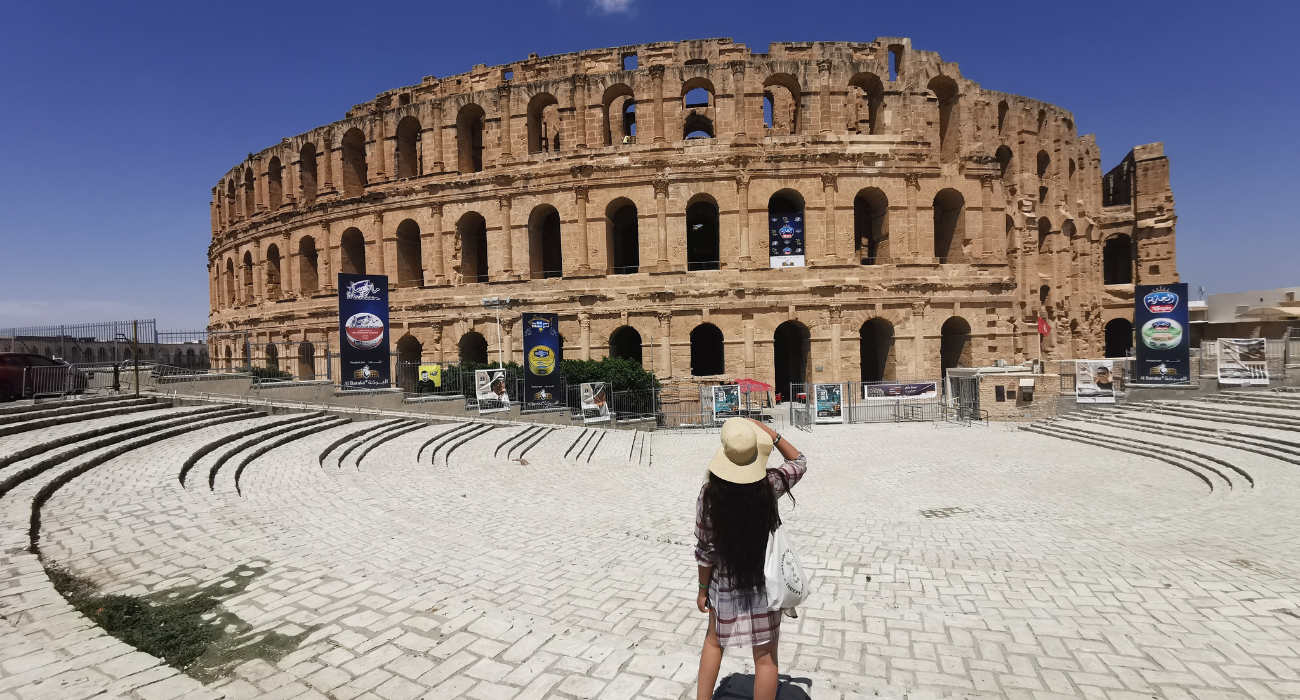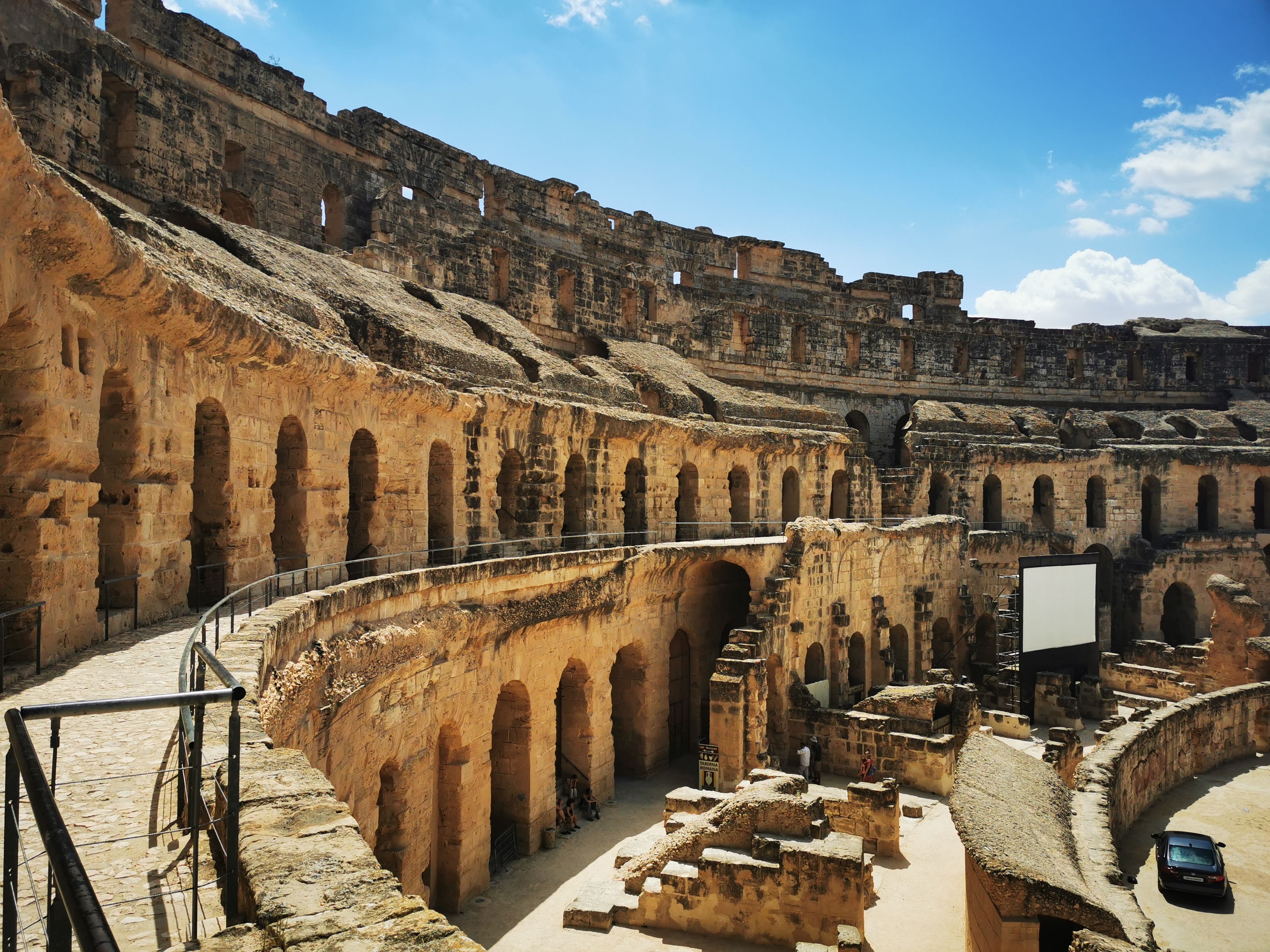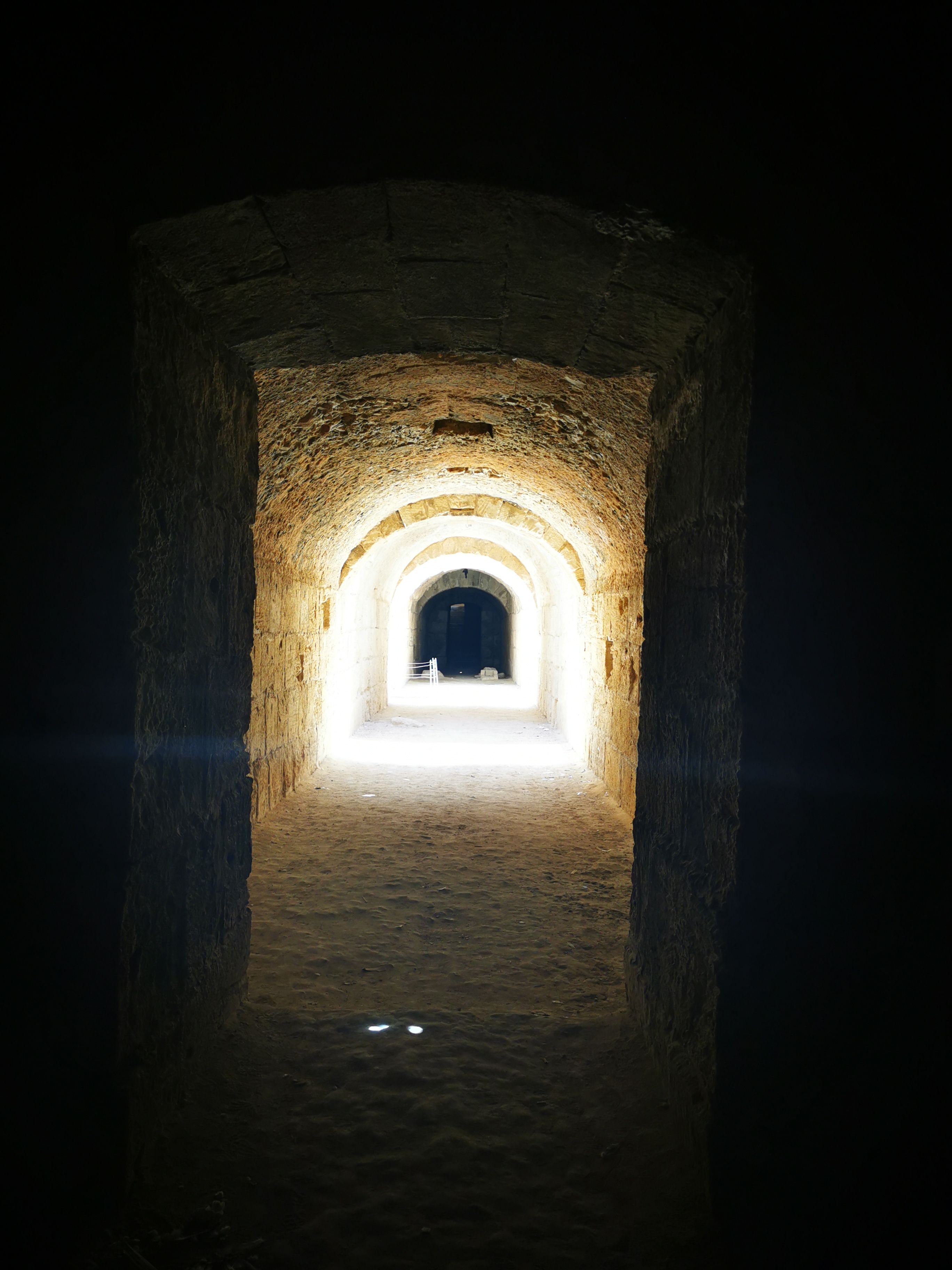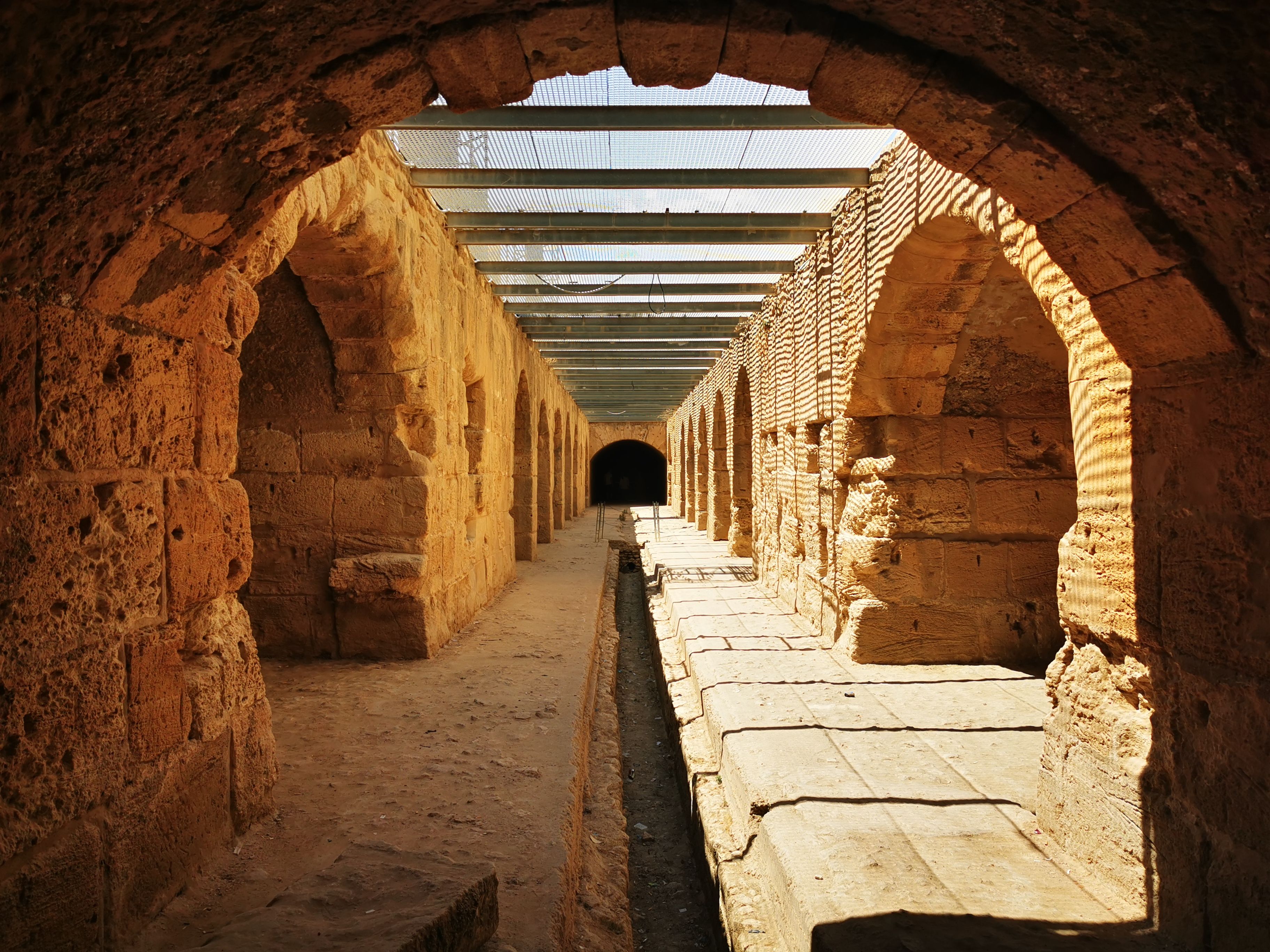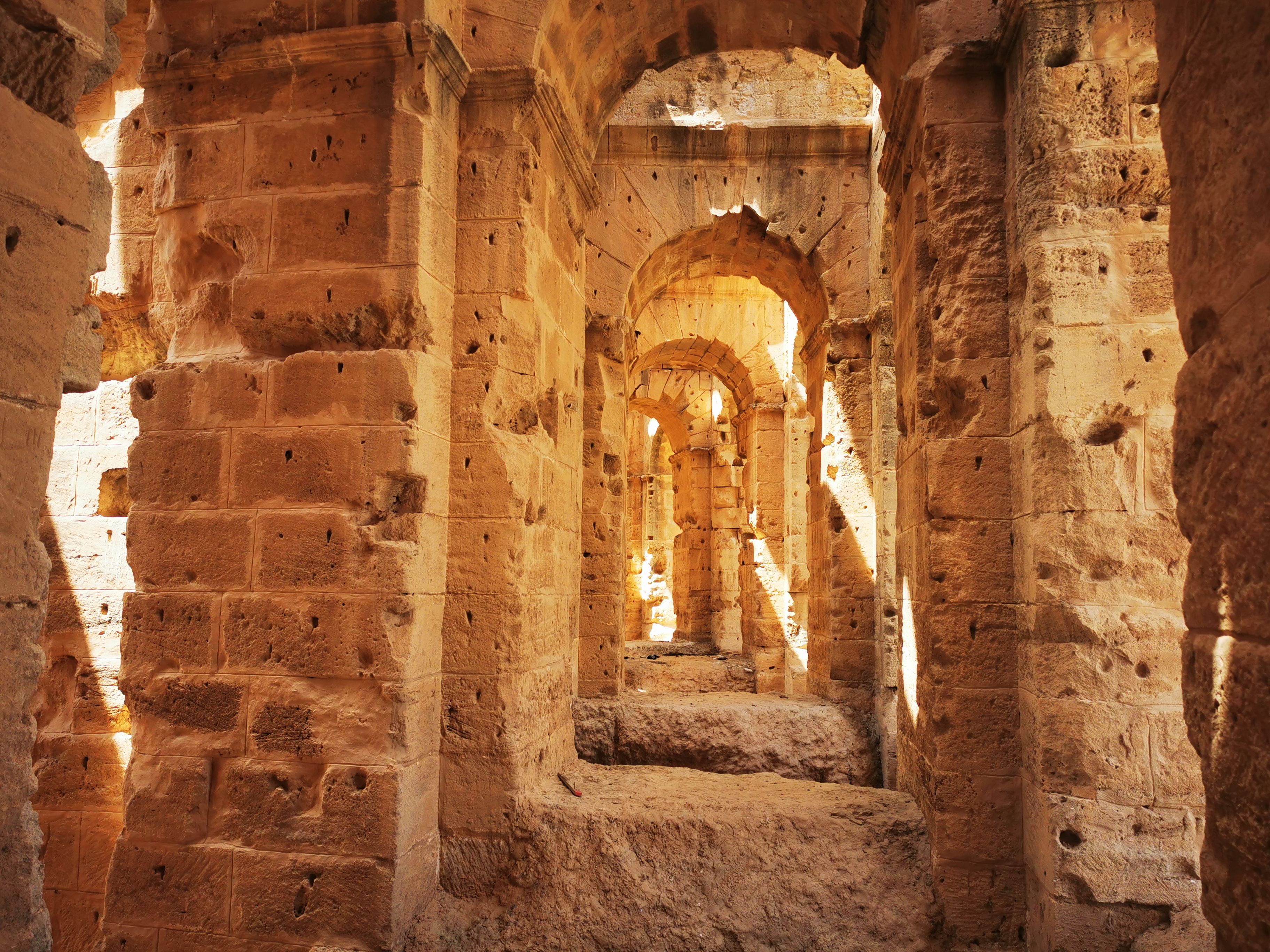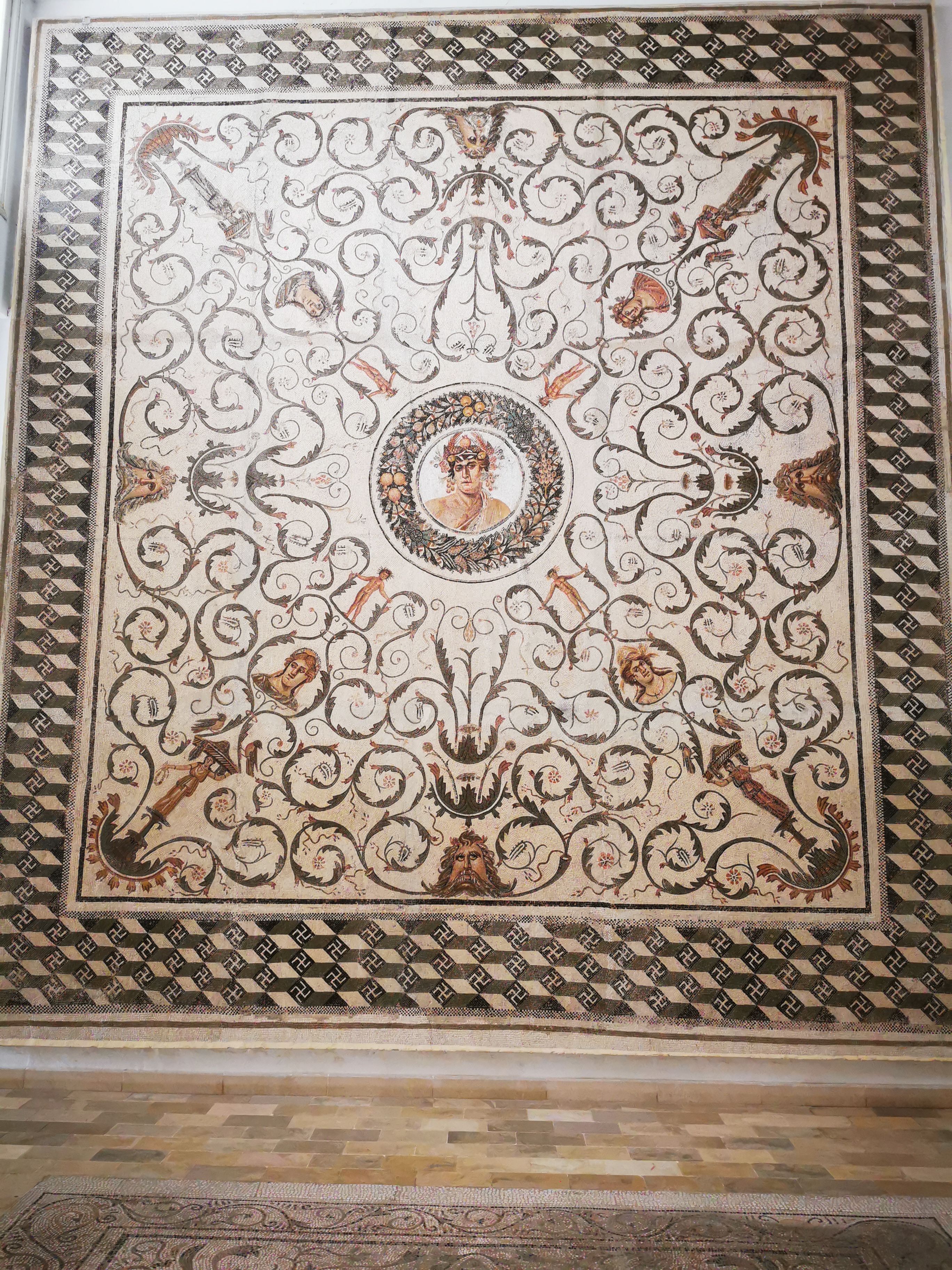Quick Links
Tunisia is a North African Mediterranean country that is not on everyone's bucket list, but it is a stunning country with breathtaking beaches and ancient history. Tunisia was one of the most important provinces of the Roman Empire, and today visitors can see and explore its many ruins.
While the Colosseum of Rome is by far the most famous ancient Roman amphitheater, it is far from the only one. The Amphitheater of El Jem in Tunisia is arguably just as impressive without any of the crowds that swarm the Colosseum. Many readers will recognize the amphitheater from the timeless film Monty Python's Life of Brian. It is even a Roman amphitheater still used for modern events.
The Largest Colosseum In North Africa
"The impressive ruins of the largest colosseum in North Africa, a huge amphitheatre which could hold up to 35,000 spectators"
The Amphitheater of El Jem is one of the largest amphitheaters in the world and once had a capacity of around 35,000 spectators. While it is exceptionally well conserved, it is also ruined, with half of the amphitheater having been destroyed.
The Amphitheater of El Jem has been UNESCO listed since 1979 and is located in the modern-day city of El Jem (the old Roman name was Thysdrus). El Jem is only a small city and an easy day trip from the touristic city of Sousse or the capital Tunis.
- Built: 238 AD
- Entry Fee: 12 Dinar ($4)
- Capacity: 35,000 Spectators
At the time, the Roman city was called Thysdrus and was part of the historic Roman province of Africa, Proconsularis. It is famous for being one of the best Roman ruins in the world and is unique in Africa.
It is thought that it was built by the local proconsul Gordian who went on to become emperor Gordian III. During the Middle Ages, it was used as a fortress and a place of refuge for the local populations. In 1695, one side was destroyed to stop resistance followers from using it.
Tunnels Underneath The Amphitheater Of El Jem
Not only is the structure impressive above, but it is also fascinating underneath. There are tunnels underneath the amphitheater that link different parts of the structure. They also have storage rooms to explore. Visitors can't help but imagine what it was once like - the gladiators, animals, and other spectacle-related things stored down there for the performances.
These tunnels have been built as part of the basement of the amphitheater. Visitors are free to descend into the tunnels and explore.
Additionally, there is also a legend that the colosseum was linked by a tunnel to the coastal town of Salakta. The legend claims that the colosseum was besieged by the Arabs. During the siege, the tunnel was used by the Berber princess Al Kahina to go to the sea (a long distance away) and get fresh fish and torment the Arab besiegers by waving the fish in front of them.
What To Expect Visiting The Amphitheater Of El Jem
For those who have visited the Colosseum of Rome, the Amphitheater of El Jem is quite the contrast. The Colosseum is insanely popular and so it is full of crowds all the time. Everywhere one looks or tries to go in the Colosseum of Rome is just packed full of people. But in the Tunisian colosseum, there is only a very few people.
There is an incredible amount of freedom and space in the Amphitheater of El Jem. One can have excellent pictures with no one in the background. Visitors have remarkable freedom to explore just about every part of the Amphitheater. Whereas much of the Colosseum of Roman is off-limits, almost nothing of the Tunisian colosseum is off-limits. With such large crowds, extra efforts need to be taken to preserve it.
In the Amphitheater of El Jem, visitors can climb up to the top level, walk around the structure, explore the tunnels underneath the amphitheater, and more.
- Tip: The Summer Months Are Very Hot In Tunisia
There is a basic café in the amphitheater (if visiting in the summer, it is very hot and so cold drinks are refreshing). Just outside the amphitheater are traditional merchandise and gift shops, restaurants, and even camels for those who would like an Instagram picture on a camel in front of the amphitheater.
The El Jem Archeological Museum
The only other significant attraction in the town of El Jem is the archeological museum. The museum preserves ruins of the ancient city, a reconstructed Roman villa, and an impressive collection of Roman monastics.
- Entry Fee: Included In The Colosseum Ticket
The entry ticket for the amphitheater is also good for admission to the archeological museum.

